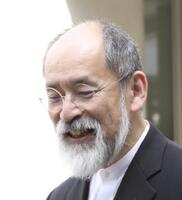Research Experience
-
2019.04-Now
Waseda University Faculty of Letters, Arts and Sciences Professor
-
2009-
The University of Shiga Prefecture School of Human Cultures
-
2007-
The University of Shiga Prefecture School of Human Cultures
-
2006-
The University of Shiga Prefecture School of Human Cultures
-
1995-
The University of Shiga Prefecture School of Human Cultures


Click to view the Scopus page. The data was downloaded from Scopus API in December 26, 2025, via http://api.elsevier.com and http://www.scopus.com .